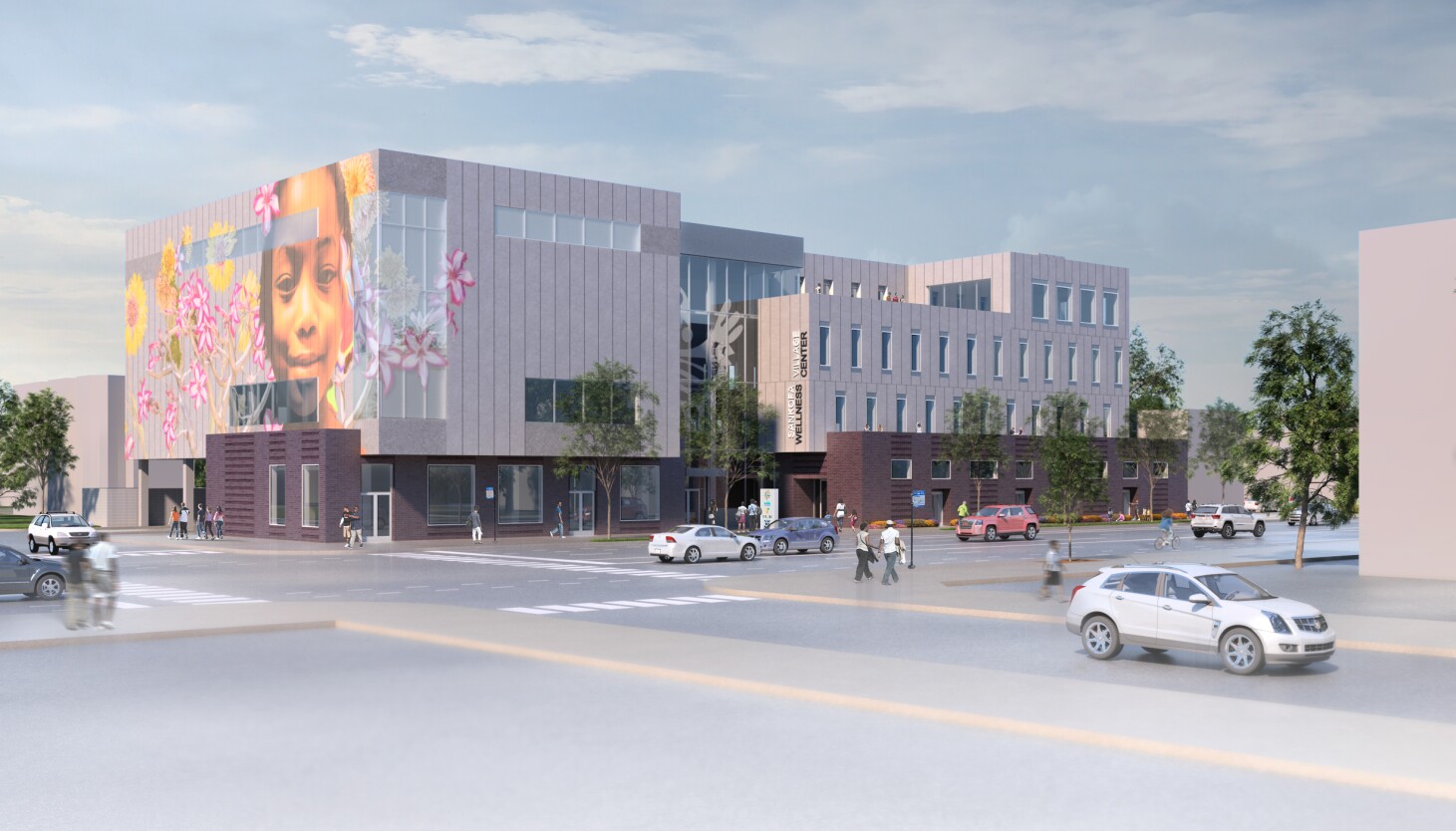For years, a large, green-lettered sign in the windows of Rush University Medical Center along the Eisenhower Expressway has invited Chicago to become part of our team: “Join Rush. Apply Today.”
This week plans will be unveiled for a new display that should draw the attention of the thousands of policymakers attending the Democratic National Convention: “Who Gets the Chance to Be Healthy?”
The aspirational response should be obvious — everyone. But the question raises an issue that is raw and real: It depends where you live.
In 2019, NYU School of Medicine identified Chicago as having the largest life expectancy gap in the country, a staggering 30 years between residents living in Streeterville vs. Englewood. These communities, just nine miles apart, are proof of how much work is left to be done in closing the health equity gap.
Meaningful impact starts at the community level, and we’ve developed strong, reproducible models of investment. Advances in integrating biological and social science data now help us see how social determinants of health — the traditionally non-medical factors like employment and where someone lives — can explain more than half of an individual’s health status.
This new evidence proves what we have long known: It makes more sense to address the root causes of disease, not just the symptoms.
Evidence shows that obstacles to good health are mainly found outside hospitals, clinics or doctors’ offices. Progress means developing community-level programs, in partnership with community members, where the health and well-being of the entire neighborhood is the focus.
The Sankofa Wellness Village, a community-led partnership being built in Garfield Park, is one tangible example. It will provide not just mental health and disease-prevention services, but also recreational and financial opportunities that support those facing negative social determinants of health.
In West Side neighborhoods, Rush has engaged community development financial institutions to loan money to small businesses and non-profits that build affordable housing and make healthy food more available.
Another example: For years, Rush sent its laundry out of state to be cleaned — a huge lift. Then we realized, with the help of The Steans Family Foundation, we could harness our buying power and lift our own community. This summer we helped launch Fillmore Linen Service in North Lawndale, a laundry facility that will handle hospital linens. Imagine the buying power of our collective institutions in Chicago and how we can start locally to lift our communities.
Health care is necessary for improving health and extending lives, but it is not enough. Rush is continuing to expand its network as an anchor institution in Chicago, and we are urging more lawmakers and local leaders to join these efforts.
Organizations, policymakers, businesses and communities have limitless avenues to close the life expectancy gap. When considering the complicated question “Who gets the chance to be healthy?” our answer is simple: Everyone should.
At this moment of opportunity, with thousands of special visitors descending on Chicago at the United Center, just across the expressway, we hope they’re listening.
David Ansell, M.D., is senior vice president for community health equity and John Rich, M.D., is Harrison I. Steans Director of RUSH BMO Institute for Health Equity. Both are at Rush University Medical Center.
The views and opinions expressed by contributors are their own and do not necessarily reflect those of the Chicago Sun-Times or any of its affiliates.
The Sun-Times welcomes letters to the editor and op-eds. See our guidelines.
Get Opinions content delivered to your inbox.
